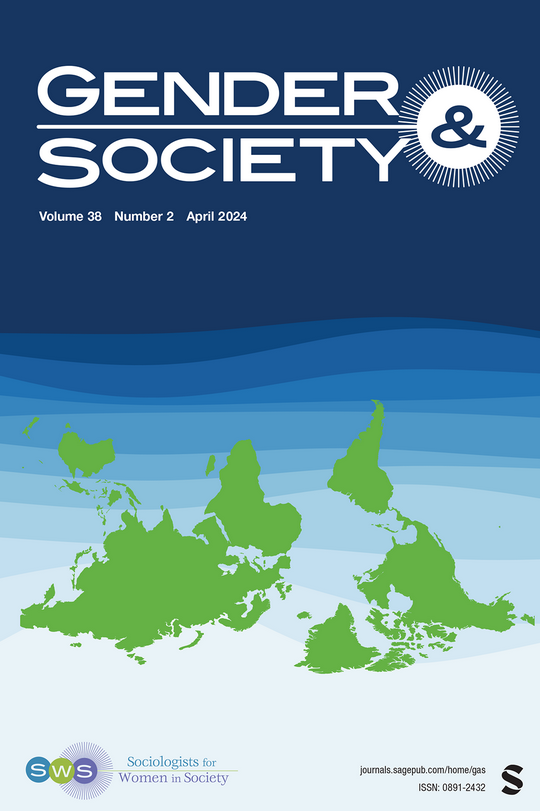关键矛盾:黑人女孩在学校如何使控制形象复杂化
IF 3.4
1区 社会学
Q1 SOCIOLOGY
引用次数: 0
摘要
黑人女性主义理论通常关注成年黑人女性的经历,对黑人少女时代的考虑有限;在黑人少女时代研究领域,许多人呼吁将黑人女性主义理论与黑人少女时代联系起来进行更深入的理论化。我用种族、性别和年龄的交叉视角来论证,我们目前对控制图像的理解可以从更充分地理论化黑人女孩如何成为系统性暴力和非人化的对象中受益。我在当地一所6至12年级的学校使用人种学方法,展示了Jezebel,蓝宝石和女族长在制作过程中的控制形象-女族长的迭代-如何明显影响黑人女孩。此外,我区分了年龄如何在这些控制图像的体验中造成滑动。这些疏漏主要发生在学校工作人员拒绝黑人女孩进行与年龄相适应的性探索和发展,而是允许性暴力,将她们塑造成对学校其他人产生愤怒和腐败影响的人。这样的女孩被认为需要控制。我对黑人女孩时代的研究、黑人女权主义理论和学校里年轻黑人女孩对成年的期望做出了贡献,以展示黑人女孩是如何在被视为成年人和孩子之间摇摆不定的,进一步加深了对她们的负面控制形象。本文章由计算机程序翻译,如有差异,请以英文原文为准。
Critical Contradictions: How Black Girlhood in Schools Complicates Controlling Images
Black feminist theory often focuses on the experiences of adult Black women, with limited consideration given to Black girlhood; many in the field of Black girlhood studies call for a deeper theorization of Black feminist theory in relation to Black girlhood. I use an intersectional lens of race, gender, and age to argue that our current understanding of controlling images can benefit from more fully theorizing how Black girlhood becomes subject to systemic violence and dehumanization. Using ethnographic methods at a local 6th- to 12th-grade school, I demonstrate how the controlling images of Jezebel, Sapphire, and Matriarch in the making—an iteration of the Matriarch—distinctly impact Black girls. Moreover, I distinguish how age creates slippages in how these controlling images are experienced. These slippages occur mainly when school staff deny Black girls their age-appropriate sexual exploration and development, and instead allow sexual violence, framing them as angry corrupting influences on others in the school. Such girls are seen as in need of carceral control. I contribute to the literature on Black girlhood studies, Black feminist theory, and the expectations of adulthood among young Black girls in schools to showcase how Black girls vacillate between being seen as adults and as children, furthering negative controlling images placed onto them.
求助全文
通过发布文献求助,成功后即可免费获取论文全文。
去求助
来源期刊

Gender & Society
Multiple-
CiteScore
9.70
自引率
3.60%
发文量
78
期刊介绍:
Gender & Society promotes feminist scholarship and the social scientific study of gender. Gender & Society publishes theoretically engaged and methodologically rigorous articles that make original contributions to gender theory. The journal takes a multidisciplinary, intersectional, and global approach to gender analyses.
 求助内容:
求助内容: 应助结果提醒方式:
应助结果提醒方式:


